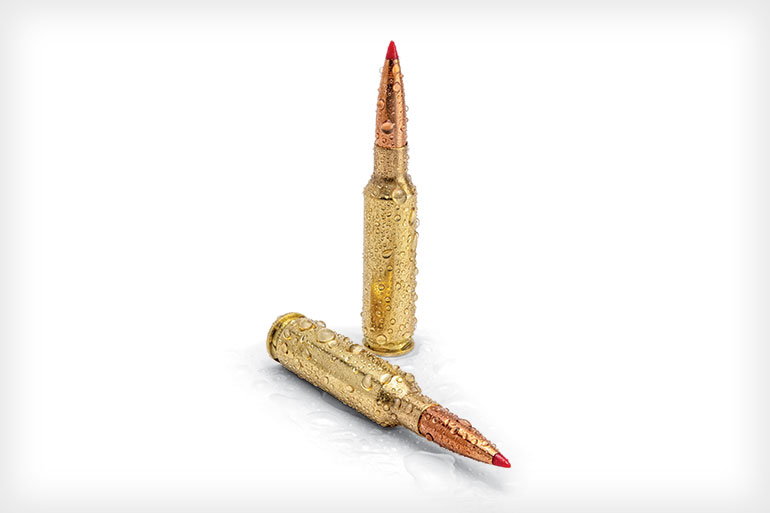Ok folks here goes. I was able to beg some time at a range yesterday that goes to 400 yds. Weather was 90* F and wind was supposed to be no more than 5 mph, but they lied, was variable to about 10 mph. Radar map showed no rain for the day, more about that later.
Set up targets at 100, 200, 300 and 400 yds, with large white paper backer at 300 and 400 yds. 10 shots 100 yds to warm up barrel and check for conditions, then out to 200 yds. Groups at 200 not as good as last weeks, but still managed 2 5 shot groups that averaged 1 3/4", horizontal, wind and mirage going right left, but held elevation of 1/2".
So out to 300 yds I went. Wind now changing from right left to head wind to tail wind, 5-10 mph. I didn't expect much but waited for a similar condition and let it fly. As I was trying to determine 300 yd zero as my primary objective, I was more concerned with not shooting in head or tail winds. I was holding off 1 mil consistently for conditions, and determined my turret setting. Tried no groups due to the wind, but each string held elevation to 3-3 1/2" and windage would vary from 5-7". The conditions were worse than 200 yds, so now moving out to 400 had me wonder if it was worth trying.
At 400 yds, mirage was left right to start and then changed to right left consistently, running flat like a river. The wind settled down some and gained some cloud cover, so no bright sunlight. Again trying to determine sight settings, so not overly concerned with groups. Tried my first setting and was low about 12", so marked and tried again adding .4 mils. I was holding 1.8 mils windage, and first group that was not enough. Vertical was decent at 7 1/2" but horizontal went 10 1/2". Second try was to high by about 6 " and again held elevation of 7 1/2" and the horizontal was about 11". I marked them and went for 3rd try, down .2 mils.
It was very overcast now, and the wind had let up to about 3 mph, so I only held off .6 mils. I fired three shots, verified impact through spotting scope before all the heavens opened up. It poured for over half hour so hard you could not see the 100 yd target! I still had 7 rounds left for that test and unloaded and waited. I watched my target and backer at 400 get soaked and hoped it would stay put. When the rain let up it was near dead calm, nothing moving and could see the target was still there. I let the last 7 shots go quick as I could operate the bolt, and held dead center.
Those 7 shots were a group, 7 1/2" to be exact, 7 1/2" elevation and 5" horizontal, just 2" right of POA. Turret setting still needed up .1 mil for POI, but I was pleased with result. I pulled target and backer to let dry out in bed of my truck, and it started to rain again. No more shooting as it poured again for another 1/2 hour, and so hard couldn't load up the truck. And after a 10 minute break, that let me load the truck, poured again for the ride half way home.
So now I have determined that my rifle, ammo combo will do better than hoped, still looking for that unicorn lot however.
I don't think that 1.79 MOA at 400 yds is terrible. It appears that this combo will produce half minute +/- inside 200 yds, and 1 3/4 to 2 MOA out to 400 yds. I hope to get to try again under more consistent (near ideal) conditions if I'm able to be invited to that range again, but for now I'm satisfied.


